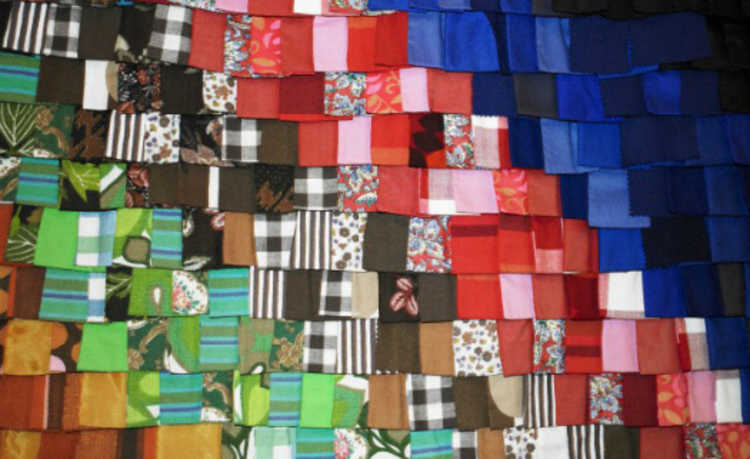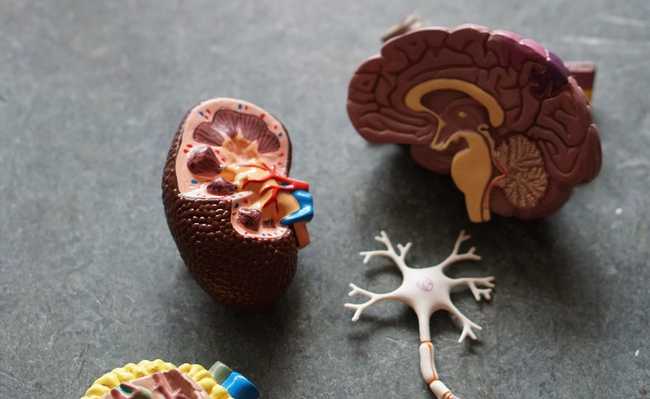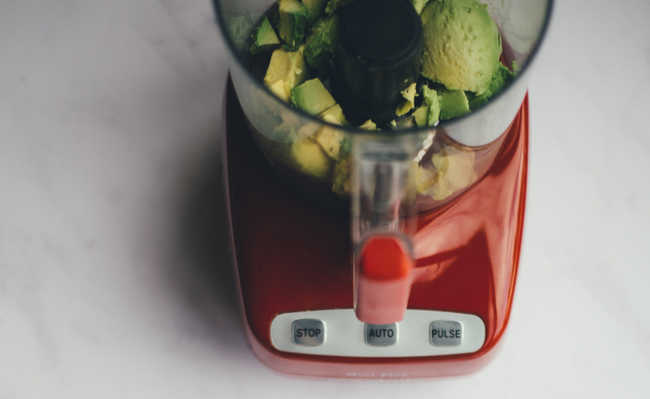Household waste: what is it, how to pack or recycle
Learn how to pack each type of waste for disposal and learn how to recycle at least some of your household waste

Image: Jorge Zapata on Unsplash
Solid waste is a problem all over the world. Given this scenario, one of the possible actions is to reduce the generation of our household waste. But when it is not possible to prevent garbage from accumulating, what to do with it? Each type of household waste has a different destination and treatment. And it is not enough to separate the garbage, it is necessary to pack household waste correctly and also learn how to recycle household waste - at least some of it.
- Do you know the difference between waste and tailings?
- What is Municipal Solid Waste?
How to pack and dispose of each type of household waste
Food and Vegetables
Before thinking about disposing of food and vegetable waste (pruning, among others), we should think about not consuming (buying) anything that will not be necessary. But if there are still leftovers, such as banana peels, we can think of ways to reuse them through consumption or composting.
Avoid waste generation through consumption or composting
Most food and pruning residues are compostable and this alternative avoids the emission of methane (CH4) and also allows the reuse of what used to be waste in the form of humus.
And composting is not just for those who have land spaces available... Those who live in an apartment can also do so.
If, in the case of vegetables and food waste, neither of the two alternatives are viable for you, there is also the possibility of packing food and vegetable waste in general in biodegradable bags.
Pack in biodegradable bags
As food waste, napkins and prunings are compostable, it is possible to pack this type of waste in biodegradable bags to be composted. However, composting only happens with the presence of oxygen, adequate conditions of light, humidity, temperature and the presence of microorganisms. The problem is that, in most landfills and dumps, these conditions do not exist, which means that, during degradation, composting does not occur, which ends up generating methane gas.
There are several types of biodegradable plastic that make up biodegradable bags, each with its advantages and disadvantages. In this plastic category are green plastic, starch plastic, PLA plastic and oxo-biodegradables.
If you intend to pack organic waste in biodegradable bags of any of the aforementioned types, ideally, the packaged waste should be destined for composting plants or landfills where methane is captured for fuel production, as, as explained above, in landfills and common dumps are not ideal conditions for composting to occur. If the organic waste goes to common dumps and landfills, it might even be better to use the non-biodegradable bag, so that the plastic does not break down quickly, not allowing the emission of gases (such as methane) into the atmosphere and leachate into the soil .
animal feces
Compost your dog's feces. If this is not possible, the case is similar to the item above (food and vegetables).
Recyclables
Paper, cardboard, wood, electronics, aluminum, glass, bronze, in short, there are many things that are recyclable.
If there is no possibility of reusing this material or if the collection service in your municipality does not accept this type of material, it is possible that you will send it to collection points closer to your residence.
But for that it is necessary to pack them. It is important not to put them in biodegradable bags, because if you spend too much time, these bags can degrade and contaminate the material.
If the biodegradable bags are of the oxo-biodegradable type, it means that they contain pro-degradable additives. And, if the packaged material is plastic, it is possible that these pro-degrading additives present in the oxo-biodegradable bag end up degrading it too, which makes recycling impossible.
Pack in recycled or recyclable bags
To be sent to collection points, it is better to pack the recyclable material in a recycled or recyclable plastic container or bag. If you are taking it to the site yourself, you may be able to pack it in returnable bags or boxes so that, after delivery, you can reuse them.
- How to reduce plastic waste in the world? Check out indispensable tips
Medicines
Incorrect disposal of medicines is very dangerous for human health and the environment.
Medicines should not be used for common collection, the ideal is to send them to a health clinic, pharmacies or collection points. Learn more in "Understand the risks of drug disposal and how to avoid it".
Pack in recycled or recyclable bags
If you are going to take the medicine to the place yourself, it is feasible to transport it in returnable bags so that, after delivery, you can reuse them. Otherwise, it is recommended to use recycled or recyclable bags, as the material is not compostable to use biodegradable bags. In fact, it's the opposite... It is a material that should not be in contact with the environment, so being packed in a durable container is more suitable until the waste is treated.
- Garbage bags for selective collection: which ones to use?
Batteries
Do not dispose of batteries in common garbage, even if they end up in landfills, this practice causes damage to the environment and to people's health. The National Solid Waste Policy obliges the manufacturing company to structure and implement reverse logistics systems, so you can contact them. Otherwise, check which Collection Points are closest to your home using the eCycle Portal search engine.
Cells and batteries are recyclable but on the way to final disposal or recycling they can leak contaminants. So, to dispose of them correctly, pack them in sturdy recycled or recyclable plastic bags so that they do not come into contact with moisture or leaks.
Non-recyclable
The category of non-recyclables or items that are difficult to recycle, such as mirrors, is quite large. In this category are also ceramic objects, syringes, adhesives, masking tape, carbon paper, photographs, diapers and disposable absorbents... And the list goes on!
If it is not possible to reuse, it must be discarded. As this type of material is not compostable, it is best to pack non-recyclable garbage in recyclable or recycled bags.
Mirrors, ceramic objects and syringes (as is common with diabetics, for example) are not recyclable, but are sharp waste and, in the case of syringes, potentially infectious, so special care is needed when packing them.
In the case of mirrors and ceramic sharp objects, if it is not possible to reuse them, it is advisable to wrap them in newspaper, cardboard, masking tape and, if applicable, place them in a recyclable or recycled bag, which you must leave marked. that the packed material is sharp. You can then direct them to collection posts.
Syringes should be placed in a capped PET bottle and sealed with masking tape. Be careful not to exceed 2/3 of the filling level of the container and, later, insert them in a recyclable or recycled bag, signaling that it is an infectious and sharp material. You can take these bags to the nearest public health clinic or the pharmacy where you bought the material.
Check your city's rules
Each city hall has different legislation for identifying plastic bags for collection. In São Paulo, for example, recyclable garbage must be packed in green bags and non-recyclable garbage in gray bags. Check the laws of your city.










